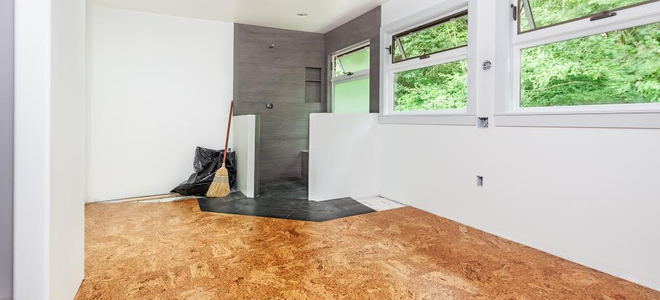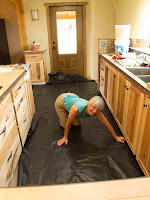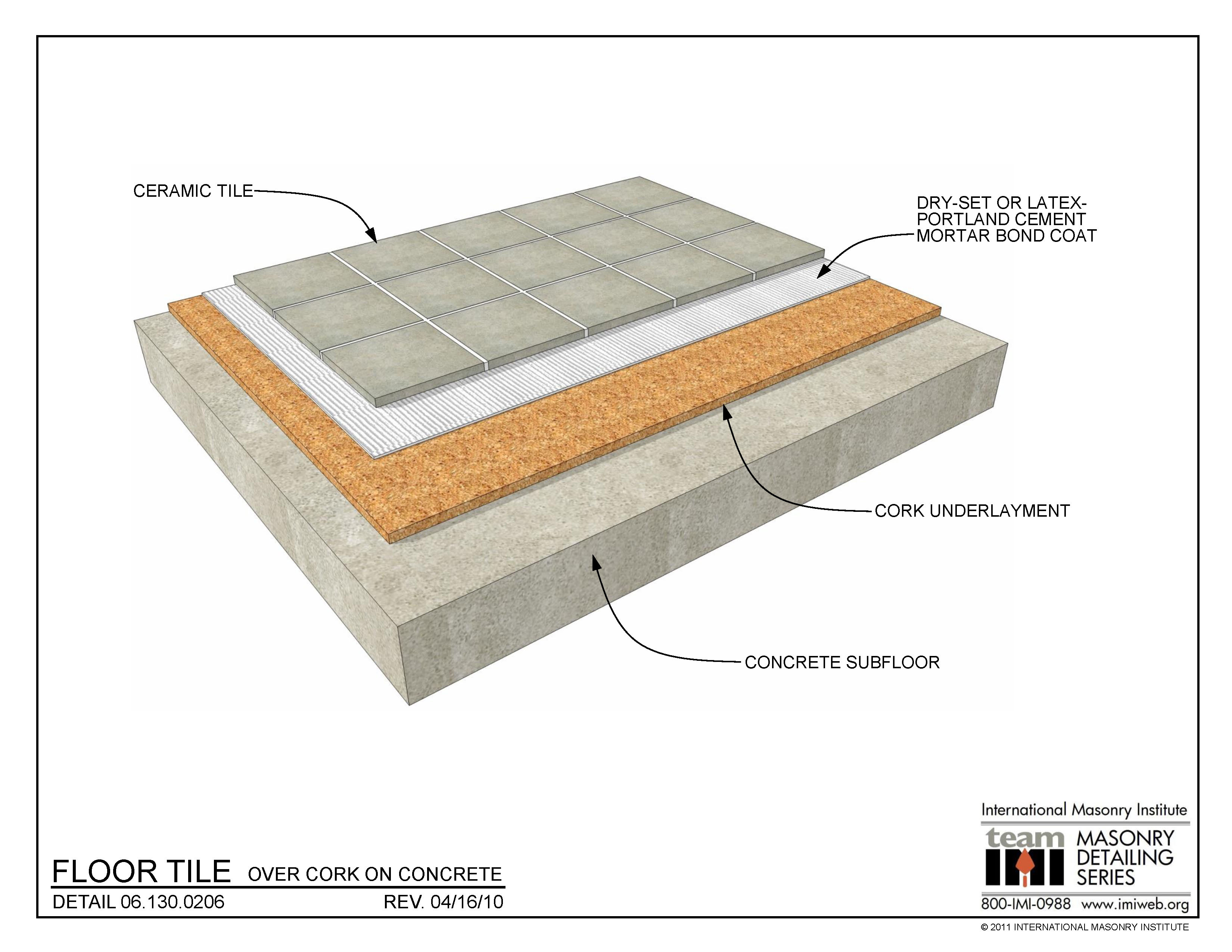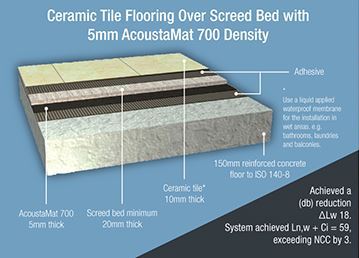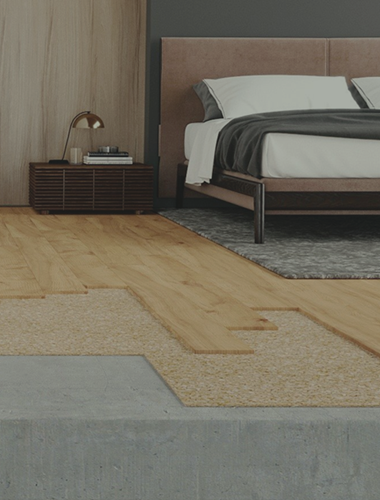Installing cork flooring on a concrete surface is an excellent way to add comfort and style to your home. Start by preparing the concrete subfloor. Ensure it is clean, dry, and free of any debris or dust. Use a concrete patching compound to fill any cracks or holes, and sand the surface to create a smooth, even base. This preparation is crucial for a successful installation, as it ensures the cork tiles adhere properly and results in a durable and attractive finish.
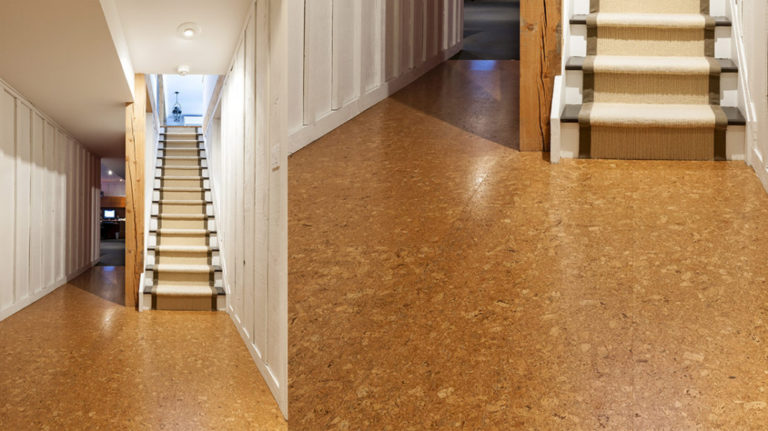
Once the subfloor is ready, it’s essential to apply a moisture barrier. Concrete can release moisture, which can damage cork flooring over time. Use a high-quality moisture barrier, such as a polyethylene sheet or a liquid membrane, to protect the cork. Roll out the sheet, overlapping the edges and sealing the seams with waterproof tape. If using a liquid membrane, apply it evenly with a paint roller and allow it to dry completely. This step safeguards your cork flooring from potential moisture issues.
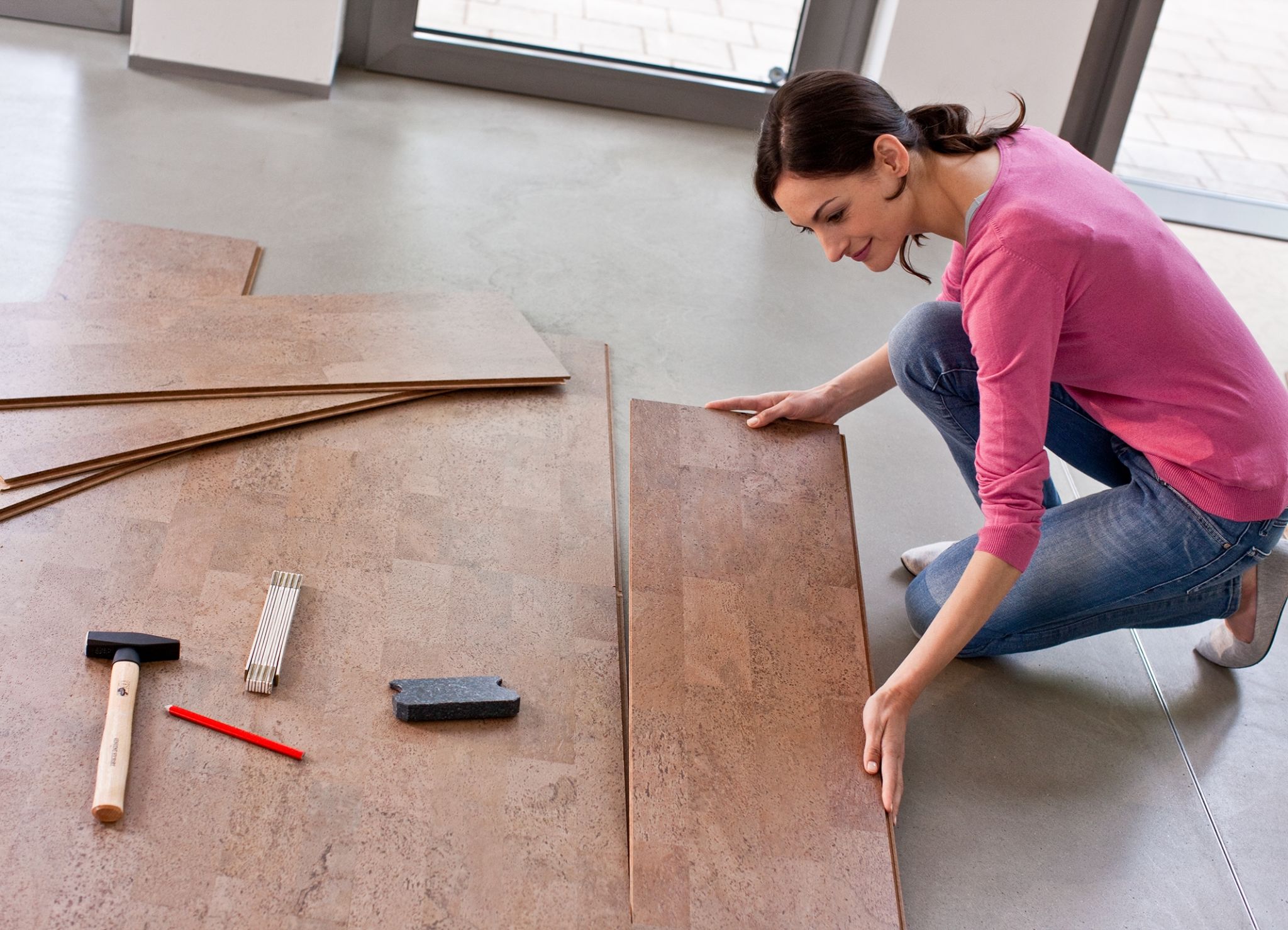
Next, lay out the cork tiles to plan the installation. Start in the center of the room and work your way outwards, ensuring a balanced and symmetrical layout. Use spacers to maintain consistent gaps between the tiles and the walls, allowing for natural expansion and contraction. Once the layout is finalized, apply a suitable adhesive to the concrete subfloor using a notched trowel. Follow the manufacturer’s instructions for the adhesive, as different products may have specific application guidelines.
Begin placing the cork tiles onto the adhesive, pressing firmly to ensure good contact. Work in small sections to prevent the adhesive from drying out before the tiles are in place. Use a rubber mallet to tap the tiles gently, ensuring a secure bond with the subfloor. Pay attention to the alignment and make any necessary adjustments as you go. Continue this process until the entire floor is covered, and allow the adhesive to cure for the recommended time before walking on the surface.
Finally, apply a protective finish to the cork flooring. Most cork tiles come with a factory finish, but an additional layer of sealant can enhance durability and appearance. Use a water-based polyurethane or a specific cork floor sealer, applying it evenly with a paint roller. Allow the first coat to dry, then apply a second coat for added protection. Regular maintenance, such as sweeping and using furniture pads, will keep your cork flooring looking beautiful for years to come. By following these steps, you can achieve a stunning and long-lasting cork floor on concrete.
Our House of Straw: A Cork Floor
06.130.0206: Floor Tile – Over Cork on Concrete International Masonry Institute
Cork underlayment on concrete
Urban Walk Rigid Core Luxury Vinyl Tile – Cork Back in 2020 Luxury vinyl tile, Luxury vinyl
Cork underlayment on concrete
Sound Proof Flooring Soundblock Solutions
Tasmanian Oak Hybrid Flooring – Western Distributors
Search Amorim Cork Composites
Related Posts:
